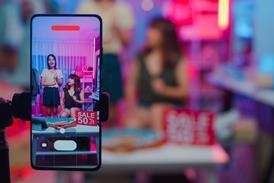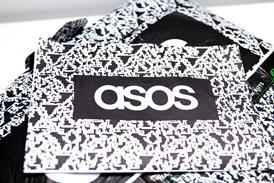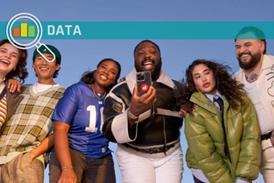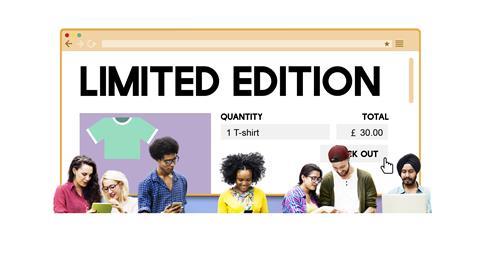Digital commerce expert Vaimo’s Stephen Hill explains four key psychological principles that should be applied to ecommerce marketing to ensure high conversion rates.
A recent meta-analysis of 6,700 online experiments, undertaken by Qubit Digital, found that altering design elements has a far smaller effect on revenue than aligning your campaigns with behavioural psychology best practices.
Irrational and instinctive cognitive behaviours influence every customer experience and every brand interaction.
Incorporating principles of consumer psychology will, therefore, allow marketers to drive stronger ROI from their customer experience initiatives.
Here are four principles of persuasion that retailers can use to drive better conversion from ecommerce marketing efforts.
1. Appointment dynamic
The appointment dynamic is the principle of success that occurs when a customer returns at a predefined time to take a predetermined action.
Taking this gamification mechanic – the creation of an interval based reward schedule in games when players must return at a certain time to take specific actions – into retail, consumers are more likely to convert when given a set appointment to do so. The effect is one of urgency and regularity; a repeated appointment becomes part of a customer’s routine.
“Something as simple as offering a time-limited post-purchase offer, like a 30-day free delivery opportunity, creates an appointment for the next conversion”
When you consider the popularity of happy hours in bars and restaurants, it’s easy to see this technique’s success as part of a long-term loyalty strategy.
Using marketing to invoke the appointment dynamic gives customers both a reason to act and a sense of immediacy to their actions. Something as simple as offering a time-limited post-purchase offer, like a 30-day free delivery opportunity, creates an appointment for the next conversion.
2. Cognitive load
Cognitive load describes the total amount of mental effort required to complete an activity and can be easily summarised by the well-known user experience principle: the less effort an activity feels, the more likely it is to be seen through to completion.
Digital interactions requiring extreme cognitive load are fraught with ‘danger’ – the likelihood of errors and/or interferences with the task at hand increases drastically.
Contrastingly, interactions that induce a low level of cognitive load run much more smoothly. These are most often described as seamless or frictionless and are the holy grail for designers.
Every question of “is this where I’m supposed to click?”, and “how do I get to the product?” increases the chances of customers suffering from cognitive overload, threatening your ROI and harming your brand experience.
Using a straightforward design will provide your customers with an easy and enjoyable experience – a must for brands looking to outstrip their competitors.
3. Collective opinion
Otherwise known as social proof, collective opinion refers to the psychological circumstance in which we all reference the behaviours of others to guide our own decision-making.
Many ecommerce businesses have already begun to leverage the collective opinion principle in the form of user-generated content (UGC).
The opportunities for consumers to both create and access UGC have exploded in the digital age. From personal blogs to independent online review communities, it has never been easier for a customer to access collective opinion on a product or service before making a purchase.
The authentic nature of UGC is reassuring to consumers. It contrasts with the potential biases and artificiality that burdens influencer marketing and focus group research.
Leveraging UGC allows retailers to corroborate brand promises with messages that customers are hardwired to trust.
4. Scarcity and urgency
A key contributor to the fear of missing out (FOMO) factor, the scarcity principle acknowledges that humans will inherently value and desire objects that are scarce in supply and place a lower value on those that are plentiful.
“If the needle needs to move (and move quickly), implement some scarcity and urgency into the ecommerce site to tap into this primal fear of missing out”
It’s not difficult to think of situations in ecommerce that tap into this instinct: Flash Sales, limited clothing runs, and live stock alerts all drive consumer urgency by playing on the primal fear that there may not be enough to go round.
This has been proven to be the most powerful tactic available to retailers. If the needle needs to move (and move quickly), implement some scarcity and urgency into the ecommerce site to tap into this primal fear.

Stephen Hill is a senior strategy consultant at Vaimo. He has more than 12 years’ experience working in ecommerce.
Starting with Coca-Cola in Australia in 2006, he is now based in London working for Vaimo’s strategy department and helping clients grow with data-driven approaches.
Having spent time on both the agency and client side, Stephen has a wealth of experience in ecommerce tactics and has worked with brands such as Dyson, L’Oréal, Helly Hansen, Agent Provocateur, Royal Academy of Arts, Slendertone, Fjällräven and Björn Borg.















































